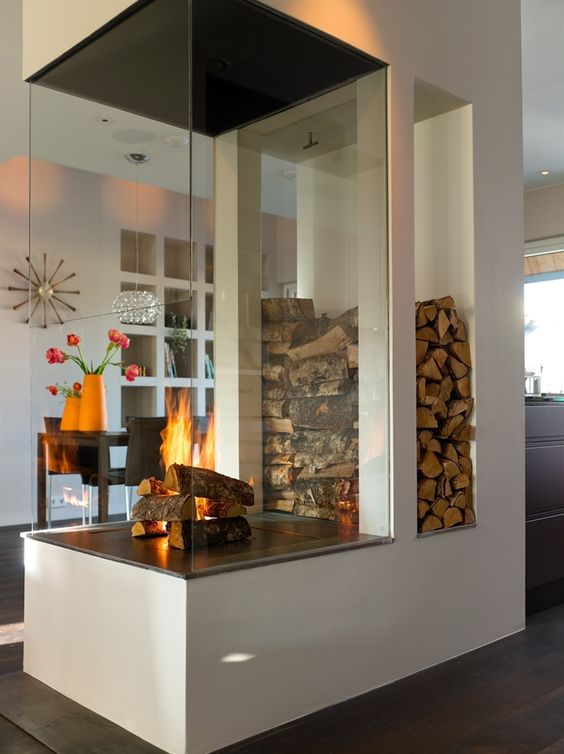
I was thrilled to get the opportunity, and I enjoyed my time there. That first job set the tone for my future development. My first job out of college was at Murphy/Jahn, now JAHN Architects. What is your favorite moment from your entire career? Within the architectural industry, I think of someone who is passionate about the work and the process while being mentoring and collaborative in a project’s development. Next up – Who is your favorite leader and why?Īs opposed to naming someone specific, I think of this question in terms of what qualities I look for in a leader. I worked at Chick-fil-A for five years and I had a lot of fun doing that too so I have a special affinity for my first job. However, I started working as an architectural intern while I was in high school, so I’ve been in the architectural studio environment for a very long time. The first job I ever had was being a tennis instructor. That combination is a primary difference from a lot of the buildings in the ‘80s, which tended to have more solidity with a “punched opening” aesthetic.Īlright, now moving on to some more fun questions. We continue to work on developing a building envelope that offers maximum views as well as increased mechanical performance. That means more daylight, which, unfortunately, can also result in an increased solar heat gain.
#FIRESIDE DESIGN SOLUTIONS DRIVER#
And so we’re relying on our primary external envelope material, which is glass, to be the driver in how these buildings can become more efficient while still maximizing tenant views. However, buildings need to improve their performance as we move forward as well.

Every tenant wants as much vision opportunity as possible, and that translates to more glass. There is an emphasis on energy use that is very different today, and a lot of the change is coming from the tenant market. The skyline here in Chicago has especially changed a lot since the ‘80s. Buildings are evolving in interesting ways that enhance performance, and this evolution is fostering a new design approach. With respect to aesthetics, we’re seeing a lot more wood and even exposed concrete, both in office tenant areas as well as in the ceiling construction. There have already been tremendous advances in materials such as glass coatings. I think building technologies and design will continue to address the need to be very responsive to the environment. Some things are changing and some things remain the same. What do you think the future holds for the construction of buildings? I know it’s a field in which a lot is changing very quickly. Building technologies and systems have advanced, and they have allowed us to look at some of these same design challenges with a new perspective. However, there’s a fundamental change in terms of what tenants are looking for, with an emphasis on communal and outdoor spaces. There are many similarities that exist and the overall objectives are still relevant. Our buildings from 10 to 15 years ago are not the same as the ones that we’re designing today.

My presentation will focus on commercial office towers and how they’ve advanced in many ways in the last decade or so. At a high level, what do you plan on talking about at Buildings 2.0? You’re obviously speaking to our beliefs.


We design bold solutions to complex challenges–buildings that emphasize design and technical sophistication while meeting a developer’s desire for optimal function and efficiency. Goettsch Partners is an architectural firm that focuses on the design of commercial high-rises–office, hotel, residential and mixed-use buildings–in major cities around the globe. Their conversation covered topics ranging from the development of Chicago’s skyline to first jobs and iPhone apps. Last week, BuiltWorlds’ journalist, Jim Lichtenwalter, sat down with Scott Seyer, a principal and senior project designer at Goettsch Partners.


 0 kommentar(er)
0 kommentar(er)
